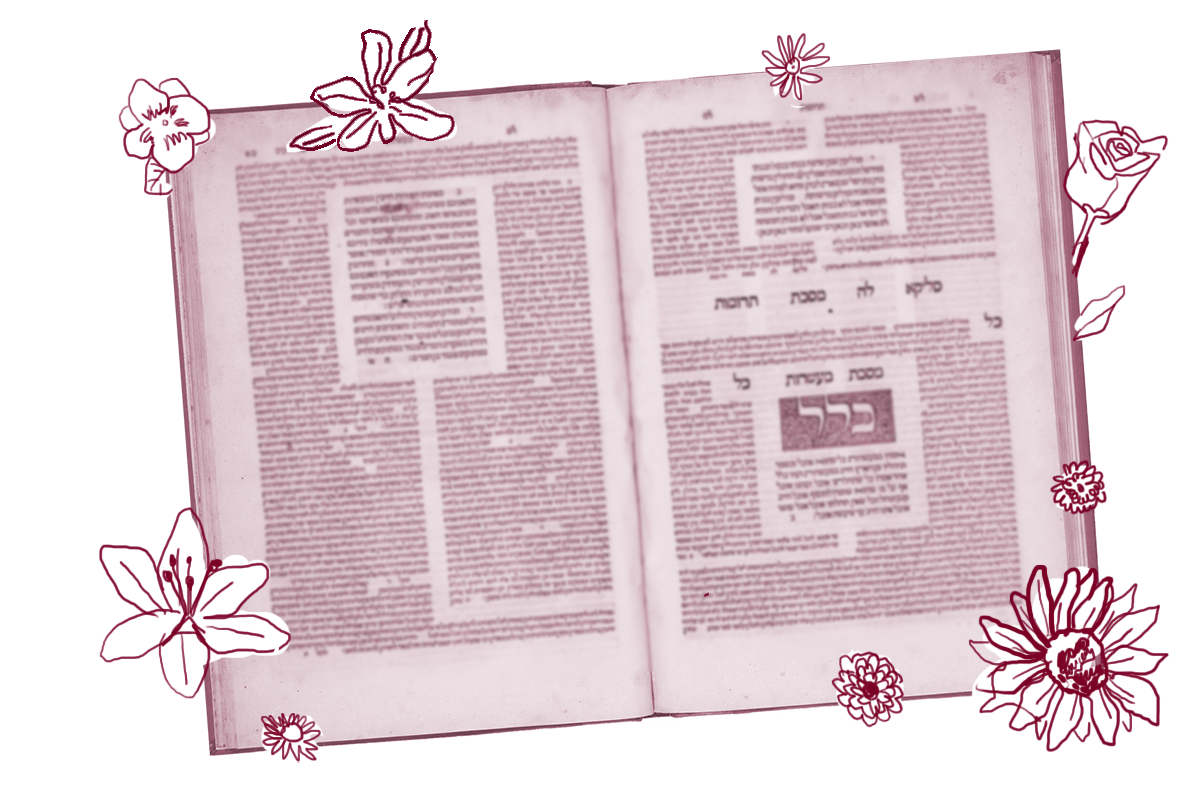On today’s daf, Rava offers us three examples of local rulings on interest and mortgages with which he does not agree:
Rava said: The halakhah is not in accordance with the tacit interest of Pappunay, nor in accordance with the documents of Mehoza, nor in accordance with the tenancies of Neresh.
The Gemara then explains what each of these rulings are:
In accordance with the tacit interest of Pappunay? This is the tacit interest of Rav Pappa (discussed earlier, on 65a).
Tacit interest, you may recall, is “charged” when two people agree to conduct a sale at a later date — for a higher price than the item would be sold for today. There is some question as to whether it counts as interest — and here Rava certainly thinks so. And the second ruling:
The documents of Mehoza? They would add the profits to the principal and they would write it in the document. But who says there will be profit?
The city of Mehoza was a major rabbinic center in the time of the Talmud. Close to the capital of the Sasanian empire, it was home to Jews, Christians, Zoroastrians and other groups. Apparently, in Mehoza, the Jews who wrote out loan contracts would include the sum of the principal together with the expected profits, and write out this amount as what must be repaid. While it’s rabbinically permissible to invest in a business and get a share of the profits, the Gemara is concerned here that if the business fails, or even just falters, the borrower might end up paying back more than the principal and profits — and that would be illegal interest.
The tenancies of Naresh? They would write in this manner: So-and-so has mortgaged his land to so-and-so, and he went and leased it back from him. But when did the lender acquire it, to transfer it back to the borrower?
Naresh was another Babylonian town whose most famous son might have been Rav Pappa. In Naresh, contract writers would create an elaborate legal fiction where one man would mortgage his land to another (transferring his land to someone else and getting money in exchange), and then rent it back from the new owner (making regular payments back, on top of what he owes for the mortgage). But the Gemara challenges this practice, because the ostensible new owner (the holder of the mortgage) never actually takes possession of the land. Instead, this kind of transaction is clearly just a workaround to the prohibition of interest — and the Talmud prohibits it.
Rava’s original teaching and the Talmud’s explanations offer us an exciting look into local legal variations among the communities of Babylonia in late antiquity. While it appears that all these contract writers are committed to observing the biblical prohibition on charging interest, we see a wide range of ways that they work to legally circumvent it. There’s no indication that these contract writers were rabbis; instead we may be getting a glimpse of how a different professional class of communal leaders — scribes and lawyers — reconciled the Torah and their economic interests.
In some ways then, today’s daf is part of a larger project whereby the rabbis describe and categorize the residents of nearby cities in light of their approaches to ritual, economics and (rabbinic) Torah. The Talmud is not just a guide to rabbinic law and legal thinking, or just a broad guide to life, it’s also a guide to a very specific set of people living at a particular time with different ways of moving through the world.
Read all of Bava Metzia 68 on Sefaria.
This piece originally appeared in a My Jewish Learning Daf Yomi email newsletter sent on May 6th, 2024. If you are interested in receiving the newsletter, sign up here.


